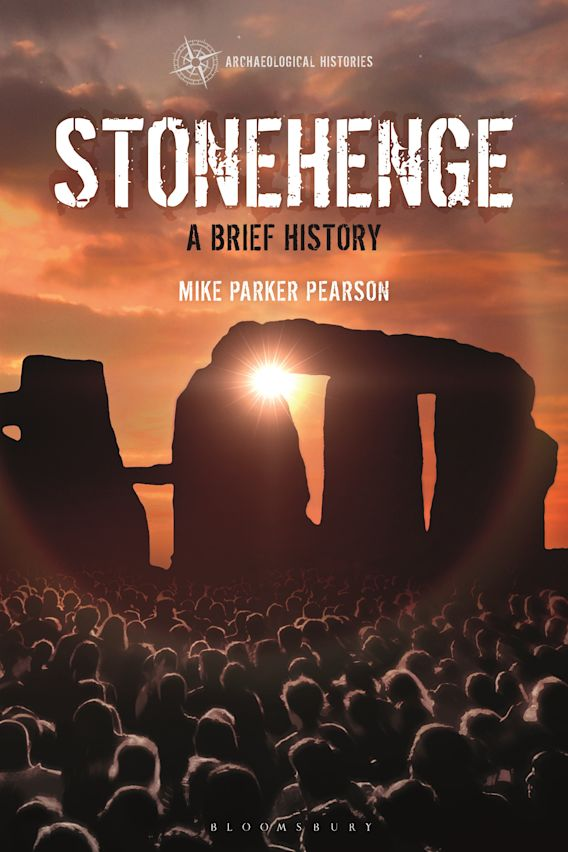http://dx.doi.org/10.5040/9781350192263 - 4 May 2023 release for dead tree versions, 6 April for electronic.
Stonehenge - A Brief History by Mike Parker Pearson
Book Summary / Abstract
Stonehenge is one of the world’s most famous monuments. Who built it, how and why are questions that have endured for at least 900 years, but modern methods of investigation are now able to offer up a completely new understanding of this iconic stone circle.
Stonehenge’s history straddles the transition from the Stone Age to the Bronze Age, though its story began long before it was built. Serving initially as a burial ground, it evolved over time into a sacred place for gathering, feasting and building, and was remodelled several times as different peoples arrived in the area along with new technologies and customs. In more recent centuries it has found itself the centre of excavations, political protests and even conspiracy theories, embedding itself in the consciousness of the modern world.
In this book Mike Parker Pearson draws on two decades of research, the results of recent excavations and cutting-edge scientific analyses to uncover many of the secrets that this prehistoric stone circle has kept for 5,000 years. In doing so, he paints the most comprehensive picture yet of the history of Stonehenge, from its origins up to the 21st century, and reveals how in some ways trying to explain its power of attraction in the present is harder than explaining its purpose in the ancient past.
Who built Stonehenge, how and why are questions that have baffled people for almost 1,000 years. Its secrets are now being revealed to provide a new understanding. Stonehenge’s construction sequence straddles the transition from the Stone Age to the Bronze Age, a time of momentous changes in society, technology and population. Long before it was built, Salisbury Plain was already a special place for people to gather. Some of its stones – the Welsh ‘bluestones’ – came from an already ancient ceremonial complex many miles away. Initially a burial ground, Stonehenge was later remodeled with huge sarsen stones at the same time that a large settlement was constructed nearby. People came to this sacred place from many miles away to gather, feast and build. After the arrival of people from continental Europe bringing knowledge of metallurgy and the wheel, Stonehenge was remodeled another two times. It was now a magnet for the illustrious dead, buried in hundreds of mounds around it, in their finery of gold and other precious substances. Stonehenge’s landscape was later converted into fields, leaving this great monument isolated and alone. Stonehenge eventually reestablished its popularity through the writings of medieval authors, early modern antiquarians and 20th-century archaeologists. Never free from controversy, it also attracted tourists, hippies, New Age travellers, pagans and druids. Interpreted as everything from an alien landing strip and a vortex of mystical energy to a cenotaph, a temple, a calendar, an astronomical observatory, a place of healing, a place of the dead and a monument of unification, Stonehenge has enthralled and perplexed.
- Full Text Access
- Preface
pp. ix–x
- Chapter 2. Before Stonehenge
pp. 19–34
- Chapter 3. The First Stonehenge
pp. 35–50
- Chapter 4. The Second Stonehenge
pp. 51–66
- Chapter 9. Stonehenge into the Modern Era
pp. 121–132





